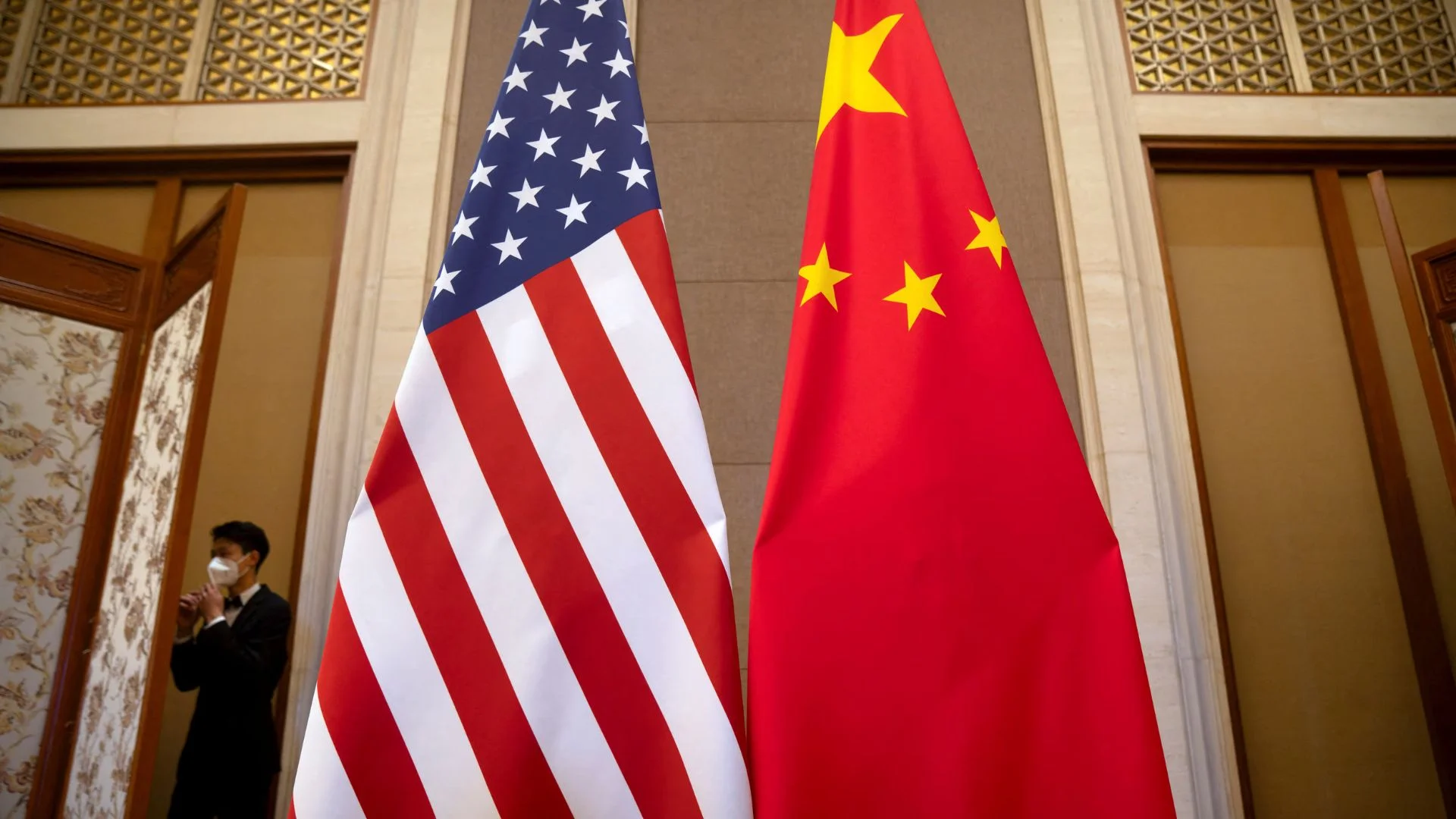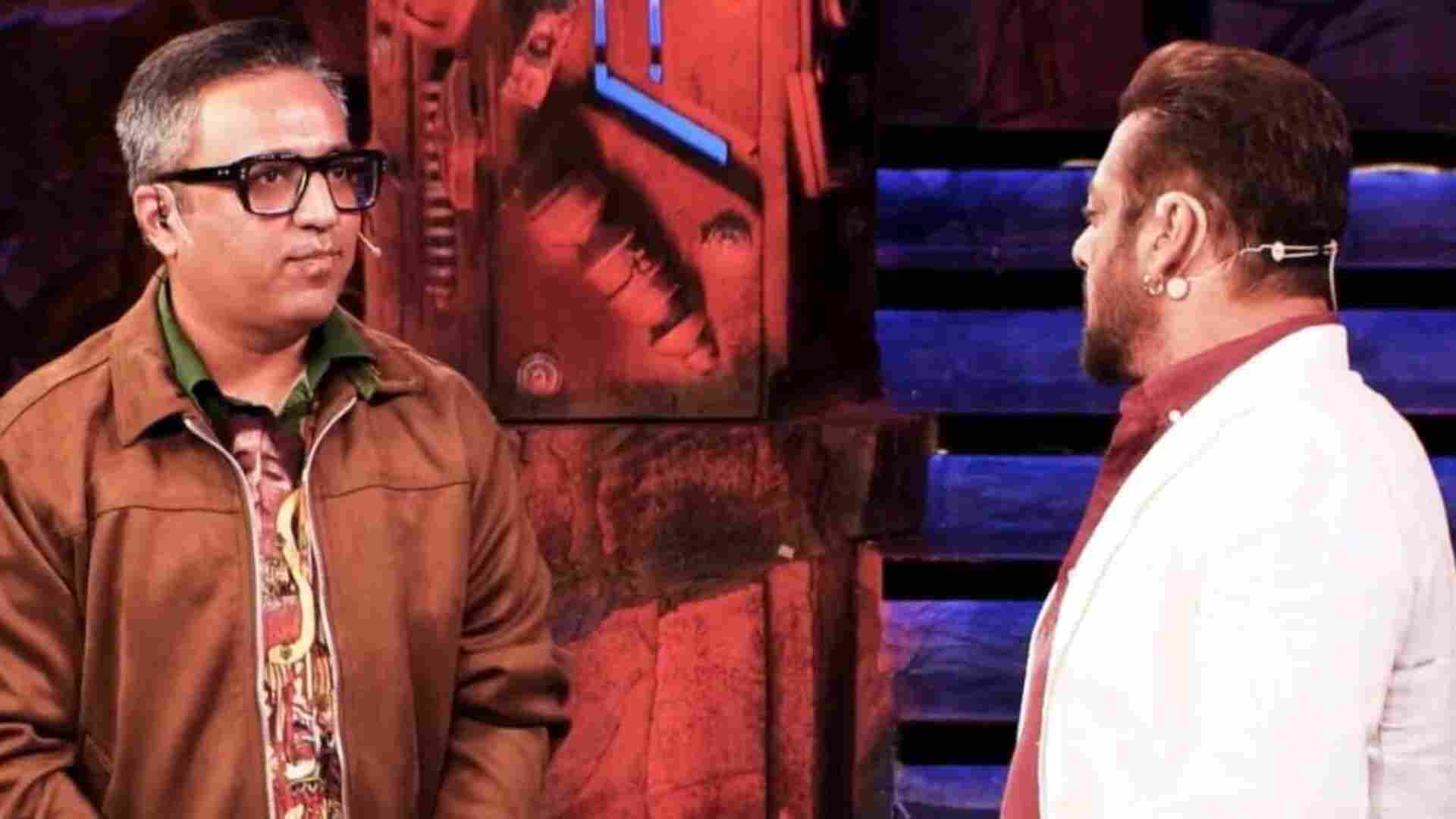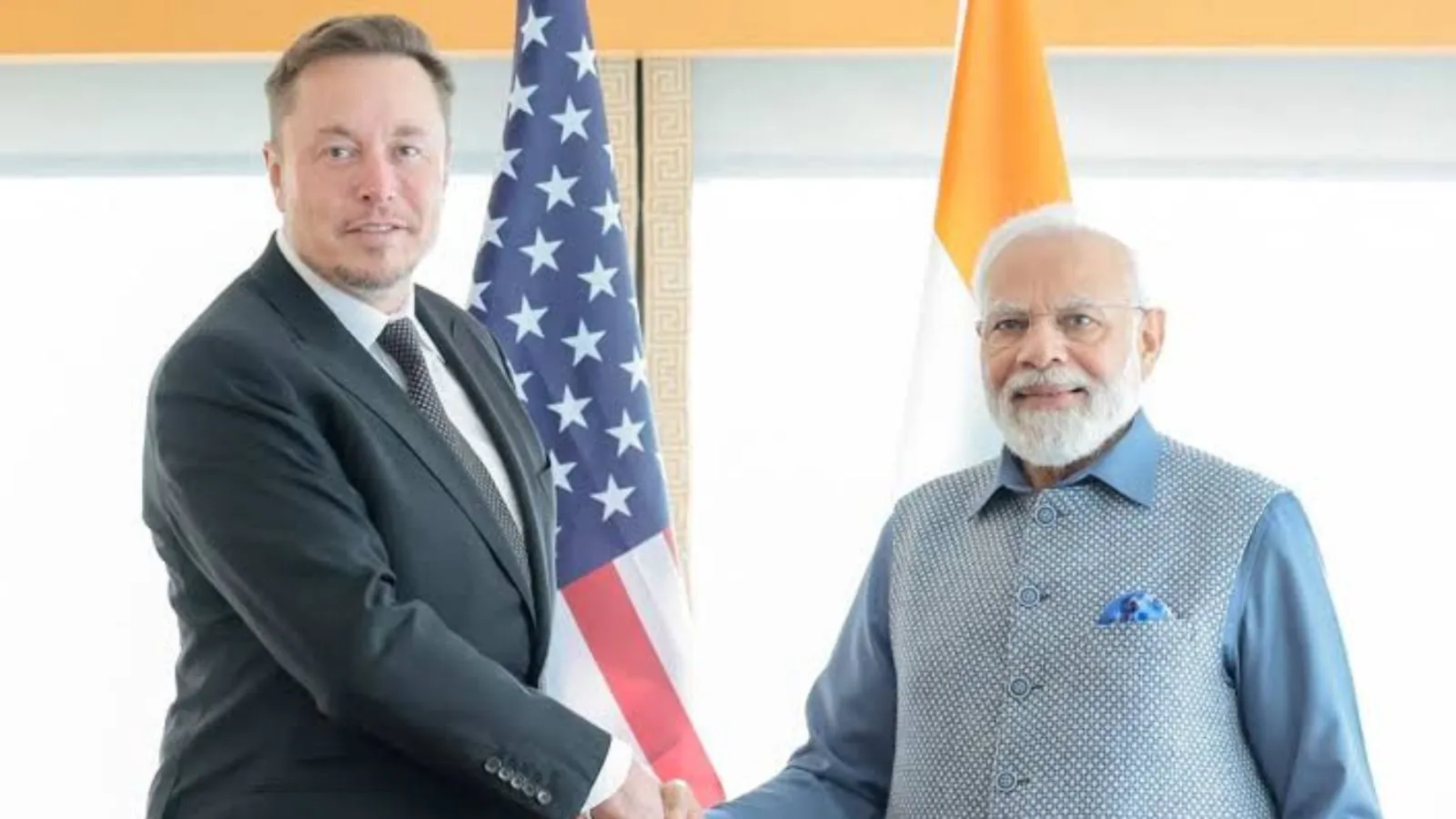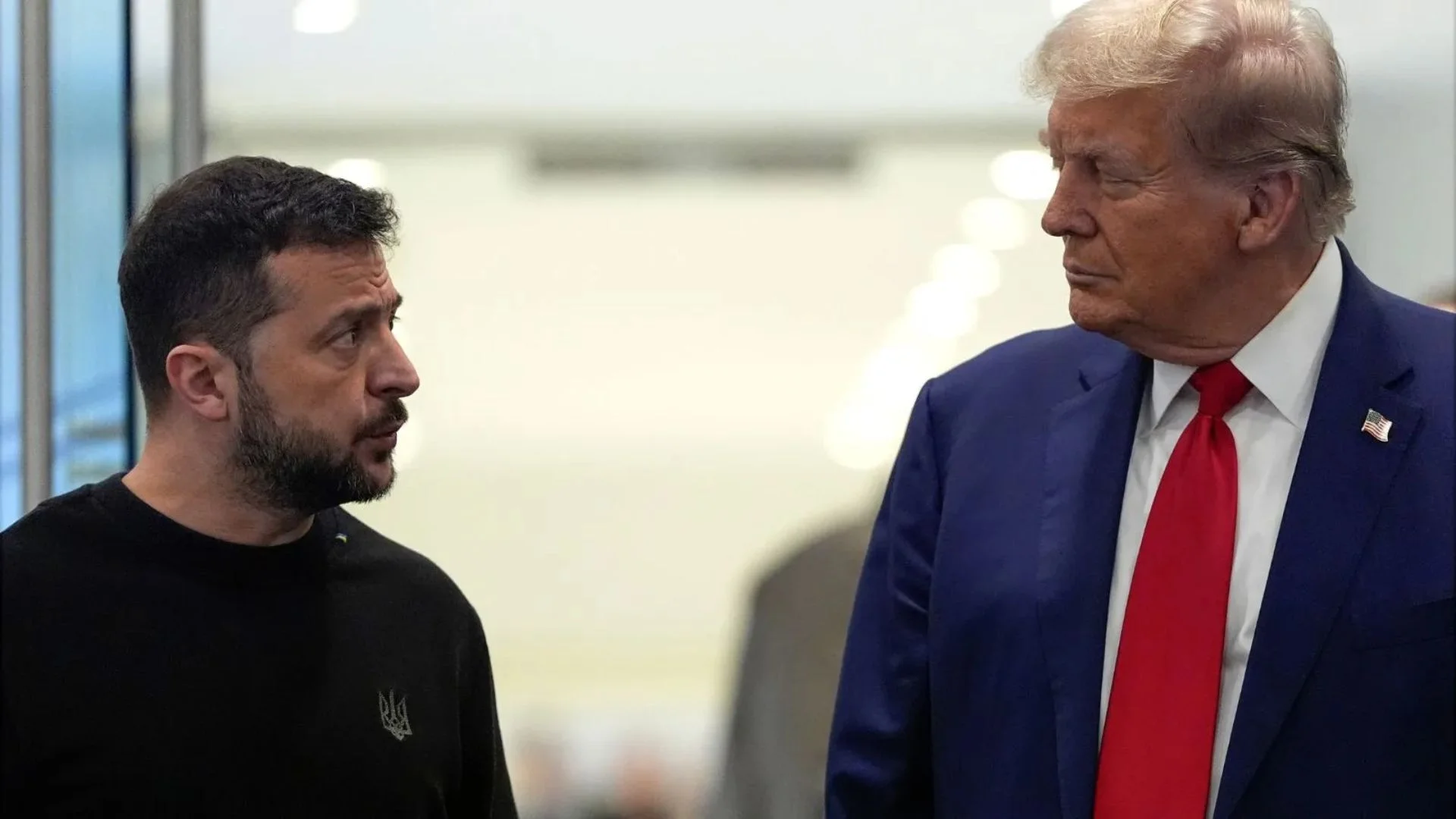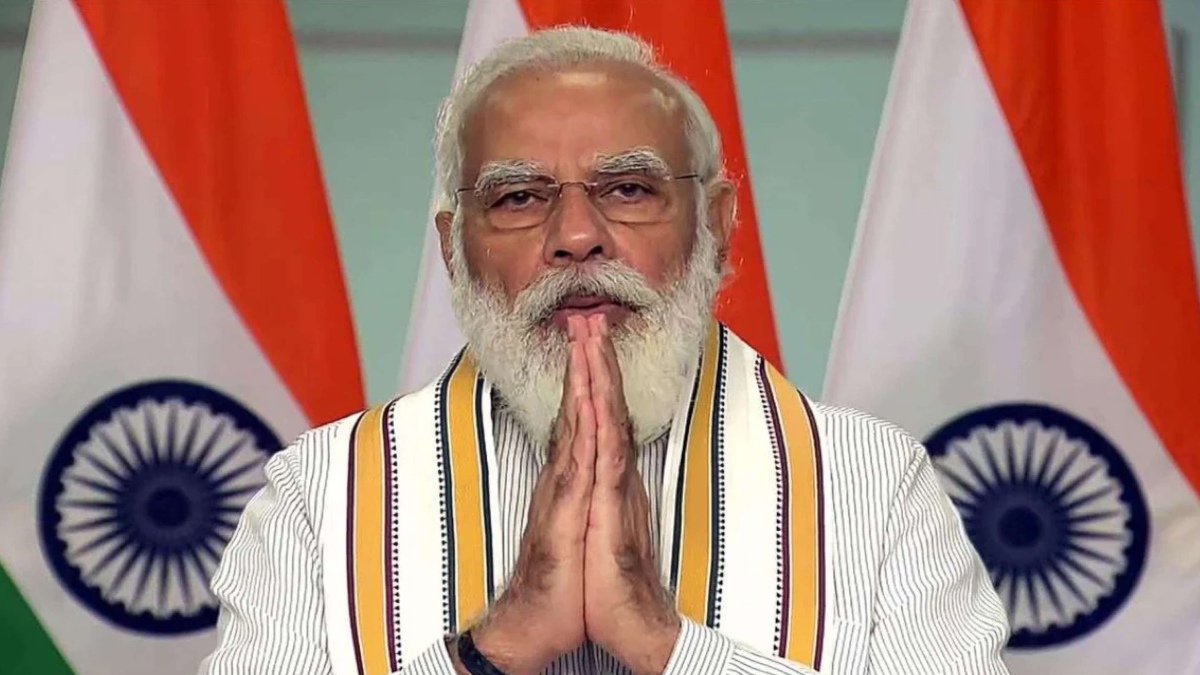
Prime Minister Narendra Modi launched the Gati Shakti, National Master Plan for multi-modal connectivity, heralding a new chapter in governance, on October 13. Gati Shakti, a digital platform, will bring 16 ministries including Railways and Roadways together, for integrated planning and coordinated implementation of infrastructure projects. It will incorporate the infrastructure schemes of various ministries and State governments like Bharatmala, Sagarmala, inland waterways, dry/land ports, UDAN, etc. Economic Zones like textile clusters, pharmaceutical clusters, defence corridors, electronic parks, industrial corridors, fishing clusters, and agri zones will be covered to improve connectivity & make Indian businesses more competitive. It will also leverage technology extensively including spatial planning tools with ISRO imagery developed by BiSAG-N (Bhaskaracharya National Institute for Space Applications and Geoinformatics). This multi-modal connectivity will provide integrated and seamless connectivity for the movement of people, goods, and services from one mode of transport to another. It will facilitate last-mile connectivity of infrastructure and also reduce travel time for people. In line with the goals of Gati Shakti, Mumbai Port Trust, for instance, is undertaking a slew of projects, seeking harmony between the needs of cargoes and ships on one hand and the needs of the city and citizenry on the other. Gati Shakti project is yet another instance of how cooperative federalism is something that the Modi government is fully committed to.
Needless to add, with the resolve of Aatmnirbhar Bharat, the foundation of India for the next 25 years is being laid stoutly and soundly, by the Central government. People of India, Indian industry, Indian business, Indian manufacturers, and Indian farmers are at the centre of this great campaign of Gati Shakti, which is a people-centric, futuristic, mega initiative. What sets the Modi government apart from erstwhile, lethargic, Congress-led regimes, is the fact that we have not only developed a work culture of completing the projects in time, but efforts are underway to complete projects ahead of time. With the whole-of-government approach, the collective power of the Central government is being channelled into fulfilling these infrastructure-oriented schemes. Gati Shakti is an extension of holistic governance, therefore, in more ways than one.
Over the years, the signage ‘Work In Progress’ became the symbol of lack of trust, with cost and time overruns, being the hallmark of all that was wrong with the decrepit Nehruvian model, that was repeatedly flogged for decades together, by successive Congress regimes. But today’s 21st century India, is leaving behind old systems and practices, that emanated from the “Command Economy” model of Nehru and his dynastic proponents. Today’s mantra under PM Modi is: ‘Work For Progress’.
Wealth for progress, plan for progress, and preference for progress, underline the inclusive approach of the Modi government.
The subject of infrastructure in our country was never a priority for most political parties, for decades together. This, even though it is globally accepted that the creation of quality infrastructure for sustainable development is a time-tested way to create a virtuous cycle of economic activities that create employment on a large scale. Due to the wide gap between macro planning and micro implementation, problems of lack of coordination, lack of advanced information, thinking and working in silos— all these factors led to hampered construction and wastage of government resources and budgets. Gati Shakti project will therefore be a force multiplier and working based on this master plan, will result in optimum utilisation of resources.
The first interstate natural gas pipeline in India was commissioned in 1987. After this, till 2014, i.e. in 27 years, only a 15,000 km long natural gas pipeline was built. Today, work is underway on a war footing for a more than 16,000 km long gas pipeline across the country.This pipeline is slated to be completed in the next 5-6 years. Again, in the 5 years before 2014, only 1900 km of railway lines underwent doubling. In the last 7 years alone, more than 9000 kilometers of railway lines have been doubled. In the 5 years before 2014, only 3000 km of railways were electrified. In the last 7 years alone, more than 24000 kilometers of railway tracks have been electrified. Before 2014, the metro rail was running on only about 250 km of track. Today the metro has been expanded up to 700 km and work is going on in the 1000 km new metro route. In the five years before 2014, only 60 panchayats could be connected with optical fibre. In the last 7 years of the Modi government, we have connected more than 1.5 lakh gram panchayats with optical fibre, in a grand testimony to what resolute political will can achieve.
To increase the income of the farmers and fishermen of the country, infrastructure related to processing is also being expanded rapidly. In 2014, there were only 2 mega Food Parks in the country. Today 19 mega Food Parks are functioning in the country. Now the target is to take their number to more than 40. There were just 5 waterways in 2014, today India has 13 functional waterways. Turnaround time of vessels at the ports has come down to 27 hours from over 41 hours in 2014. The country has realised the pledge of One Nation, One Grid. Today India has 4.25 lakh circuit kilometers of power transmission lines compared to 3 lakh circuit kilometers in 2014.
With the development of quality infrastructure, India can realize the dream of becoming the business capital of the world. PM Gati Shakti will be the driving factor. Just as JAM (Jan Dhan, Aadhar, Mobile) trinity revolutionized accessibility of government’s welfare schemes to the people, PM Gati Shakti will do the same in the field of infrastructure. With the Gati Shakti National Master Plan, India’s economic growth will find greater traction through major infrastructure upgrades, that will cut logistics costs and enhance efficiency. Essentially, the Gati Shakti project will be an integrated umbrella of over Rs 111 lakh crore worth of projects, under the National Infrastructure Pipeline (NIP) for the period 2021-25. This includes reducing the ratio of logistical costs to GDP that has prevailed at over 14%, before PM Modi took charge, to an aspirational level of sub 8%. Reducing vehicular emissions to meet climate change commitments, curtailing input costs on fuel, a fillip to efficiency in port operations, improvement in cargo handling capacity, and cutting vessel turnaround time, will be the added benefits and byproducts of the ambitious Gati Shakti project. The observations in the Economic Survey for 2020-21 underscore the role of active Centre-State partnerships for infrastructure building. Significant delays to projects can often be traced to hostile land acquisition decisions that alienate communities or violate environmental laws.
It is to the Modi government’s credit that environmental integrity has never been compromised and rehabilitation of affected people has always been given utmost priority. The Jewar airport’s strategic location will create over 1 lakh job opportunities for the young from adjoining areas: Aligarh, Hapur, Greater Noida, Ghaziabad, and Bulandshahr.
The airport will be spread over 1334 hectares of land and will have a capacity to serve around 1.2 crore passengers, annually. That number will go up to over 7 crore passengers from 2040 onwards. Job opportunities will come not just from work at the airport but also from allied industries like storage, defence, and food. But beyond all these numbers, what stands out is the fact that the UP government spent Rs 4326 crore on the acquisition of land, rehabilitation, and resettlement. Be it Purvanchal expressway or the upcoming Jewar airport, the ability to coordinate seamlessly with the concerned State government and translate vision into reality has been the high point of PM Modi’s holistic, development-oriented agenda.
The writer is an Economist, National Spokesperson of the BJP and the Bestselling Author of ‘Truth & Dare-The Modi Dynamic’. Views expressed are the writer’s personal
To increase the income of the farmers and fishermen of the country, infrastructure related to processing is also being expanded rapidly. In 2014, there were only 2 mega food parks in the country. Today 19 mega food parks are functioning in the country. Now the target is to take their number to more than 40. There were just 5 waterways in 2014, today India has 13 functional waterways. Turnaround time of vessels at the ports has come down to 27 hours from over 41 hours in 2014. The country has realised the pledge of ‘One Nation, One Grid’.
